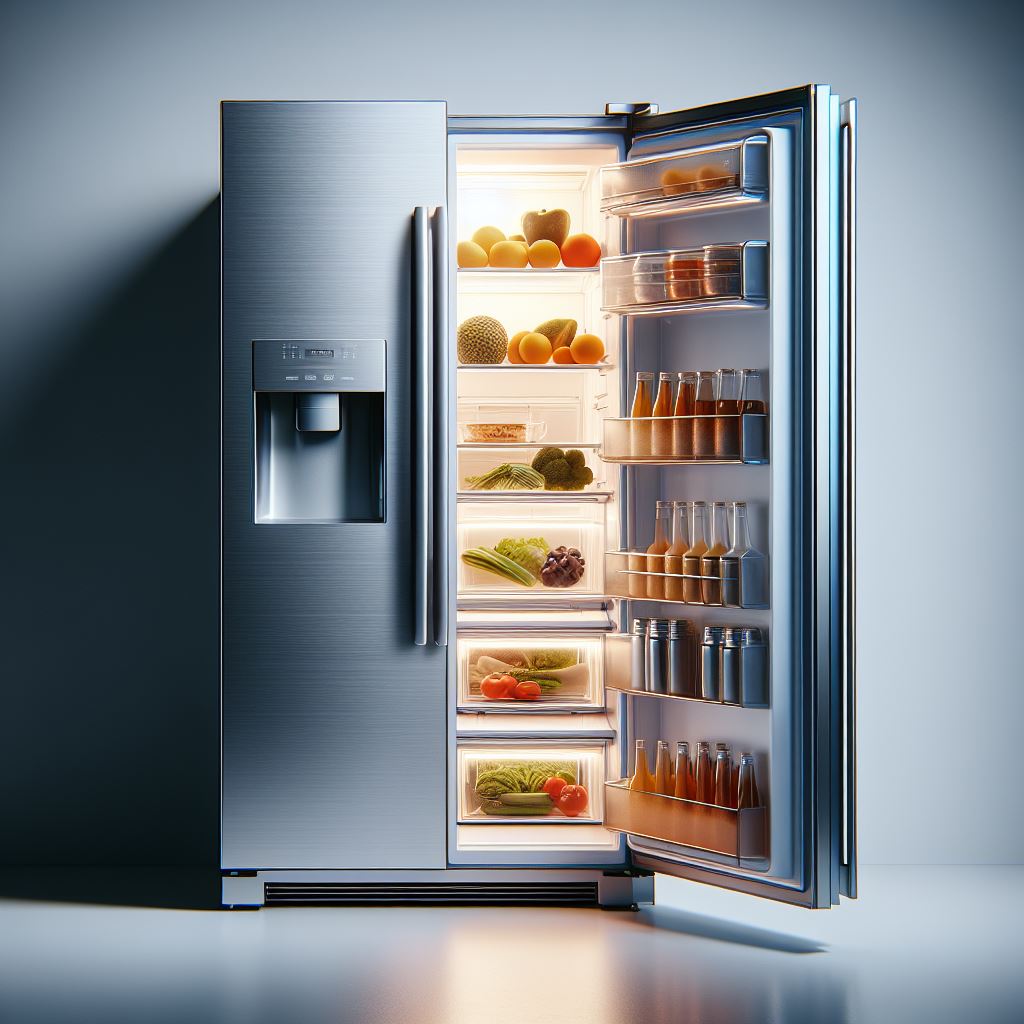Have you ever wondered how much electricity is being consumed by the commercial refrigerator at your favorite restaurant or grocery store? In this modern age of technology and sustainability, it’s important to understand the impact of our energy usage on the environment. Let’s delve into the world of commercial refrigeration and discover just how much electricity these appliances consume to keep our food fresh and cold.
Default Ad Code 1
Commercial refrigerators are a crucial appliance for businesses in the food industry, like restaurants, grocery stores, and convenience stores. These refrigerators are designed to store large quantities of food and beverages at optimal temperatures to keep them fresh and prevent spoilage. However, they are also known to be energy-intensive appliances due to their constant cooling and running cycles.
The amount of electricity a commercial refrigerator uses can vary depending on factors like size, type, age, frequency of opening and closing, and temperature settings. On average, a commercial refrigerator can consume anywhere from 1,000 to 2,000 kilowatt-hours (kWh) of electricity per year, translating to a monthly cost of $100 to $200.
To put it into perspective, a typical household refrigerator uses about 350 to 600 kWh of electricity per year, while a commercial refrigerator can use three to five times more energy. This can significantly impact a business’s energy bills, especially if they are not using energy-efficient models.
Businesses can reduce their commercial refrigerators’ electricity consumption by investing in energy-efficient models, like Energy Star-rated ones. These models are designed to be more efficient in cooling and use less electricity, helping businesses save on energy costs.
Regular maintenance and cleaning of the commercial refrigerator, including the condenser coils, gaskets, and door seals, can also reduce electricity consumption. Dirty or damaged parts can cause the refrigerator to work harder and consume more electricity.
Implementing energy-saving practices, such as organizing the refrigerator for optimal airflow, keeping the doors closed as much as possible, and setting the temperature at recommended levels for food safety, can further reduce energy consumption.
In conclusion, businesses can take steps to reduce the electricity consumption of their commercial refrigerators by investing in energy-efficient models, regular maintenance, and implementing energy-saving practices. By doing so, businesses can save on energy bills and lessen their environmental impact.
Default Ad Code 2
1. How much electricity does a commercial refrigerator use on average?
On average, a commercial refrigerator can use anywhere from 1200 to 1800 kilowatt hours of electricity per year, depending on its size and energy efficiency.
2. How does the energy usage of a commercial refrigerator compare to a residential refrigerator?
Commercial refrigerators typically use more electricity than residential refrigerators due to their larger size and the need to maintain consistent temperatures in a commercial setting. Residential refrigerators usually use around 400 to 600 kilowatt hours per year.
3. Are there ways to reduce the energy consumption of a commercial refrigerator?
Yes, there are several ways to reduce the energy consumption of a commercial refrigerator, such as regularly cleaning and maintaining the unit, ensuring proper airflow around the refrigerator, and investing in energy-efficient models. Additionally, setting the temperature of the refrigerator to the recommended levels can also help reduce energy usage.
Default Ad Code 1
